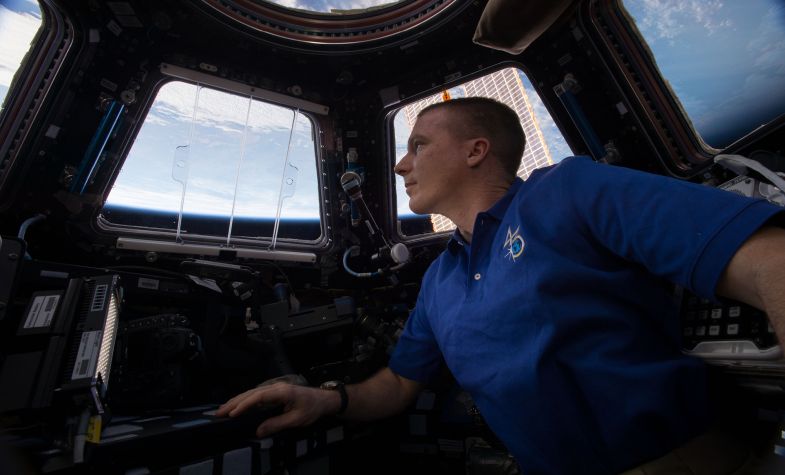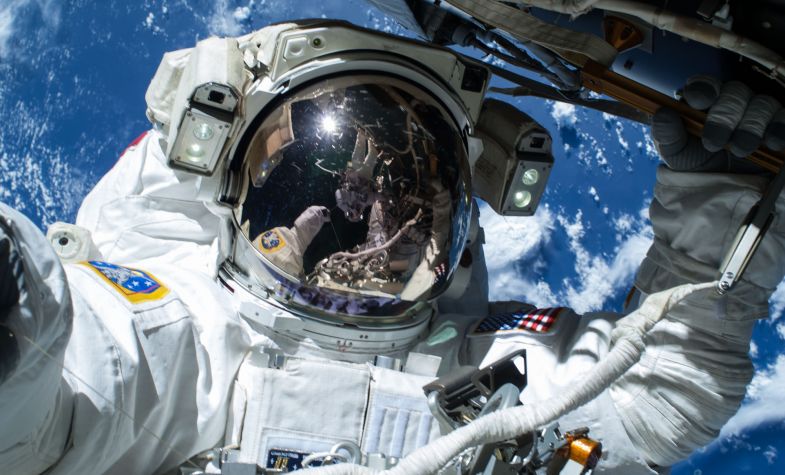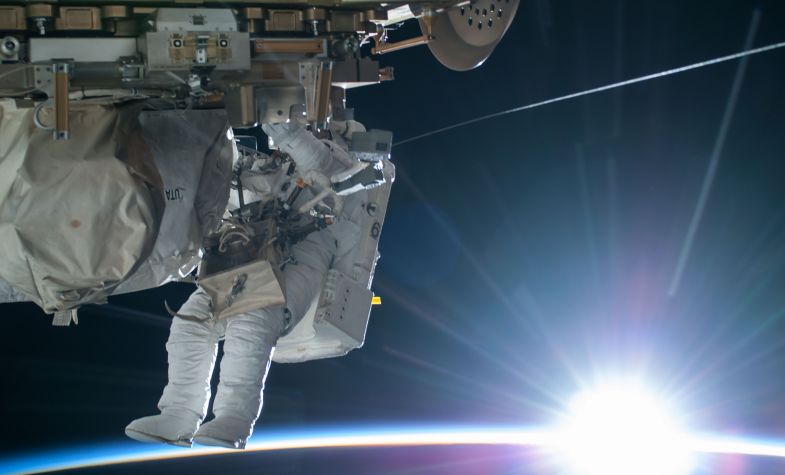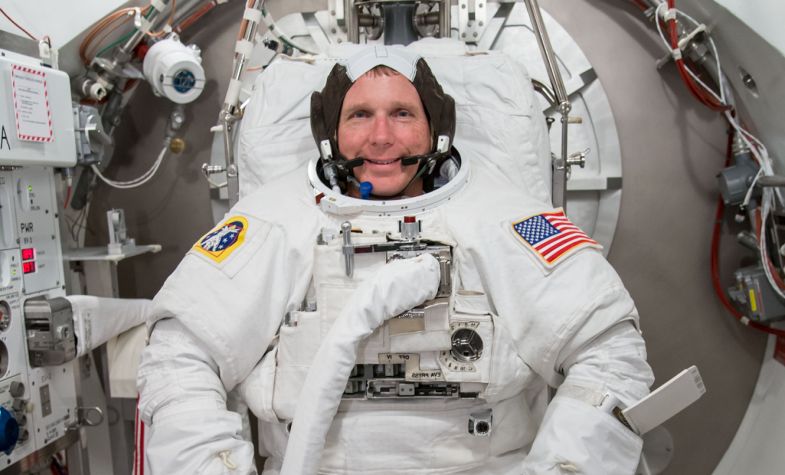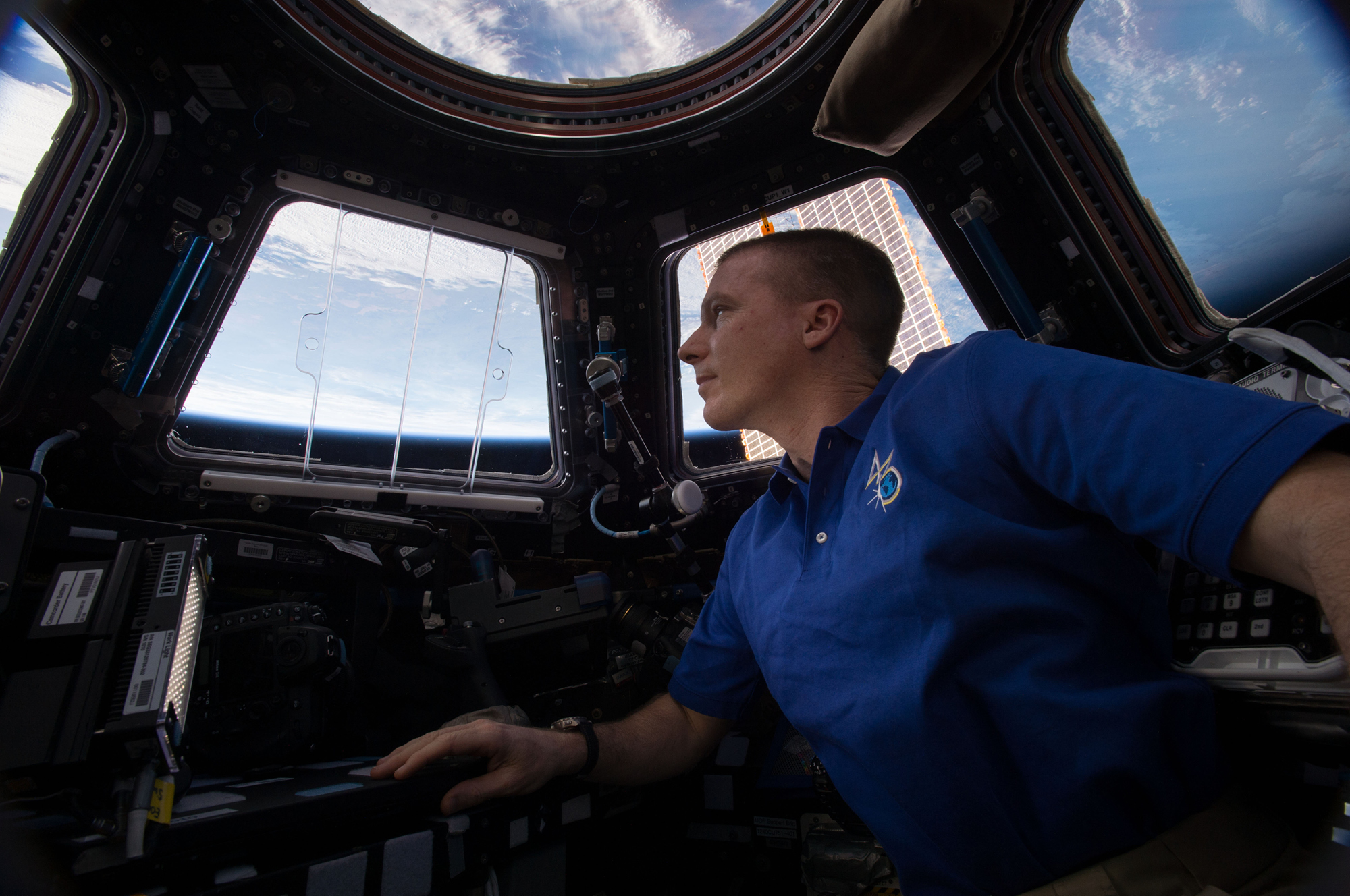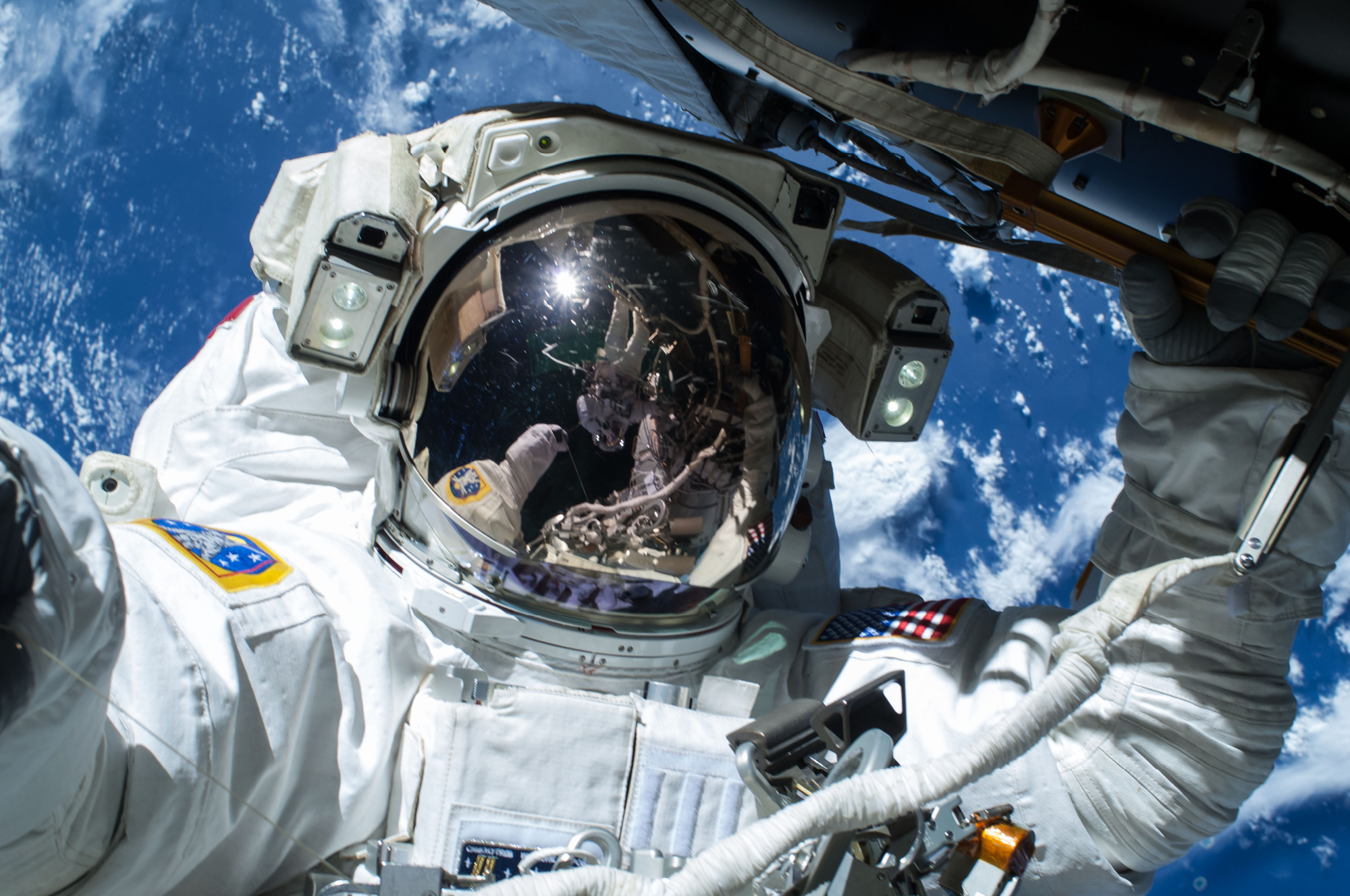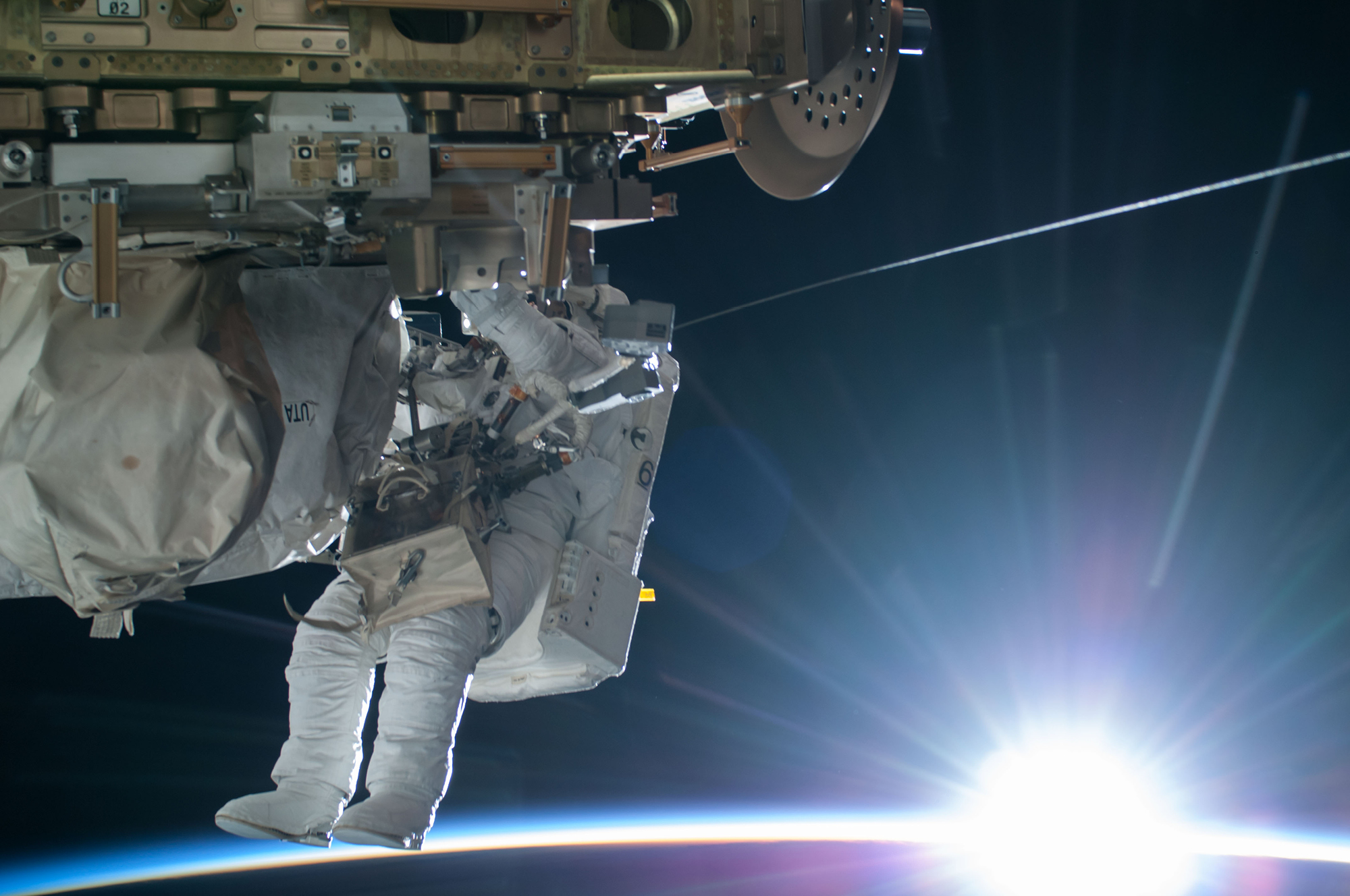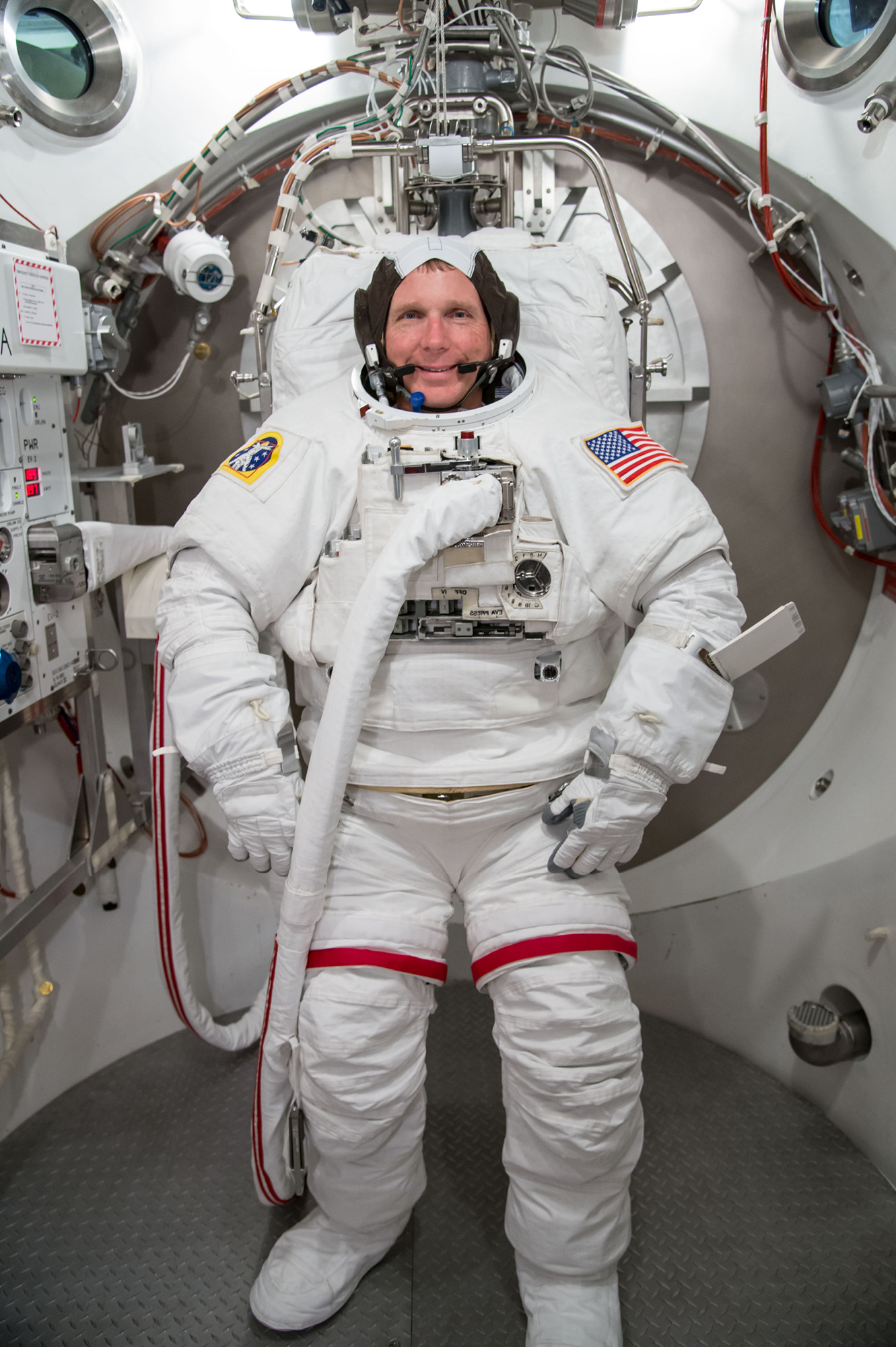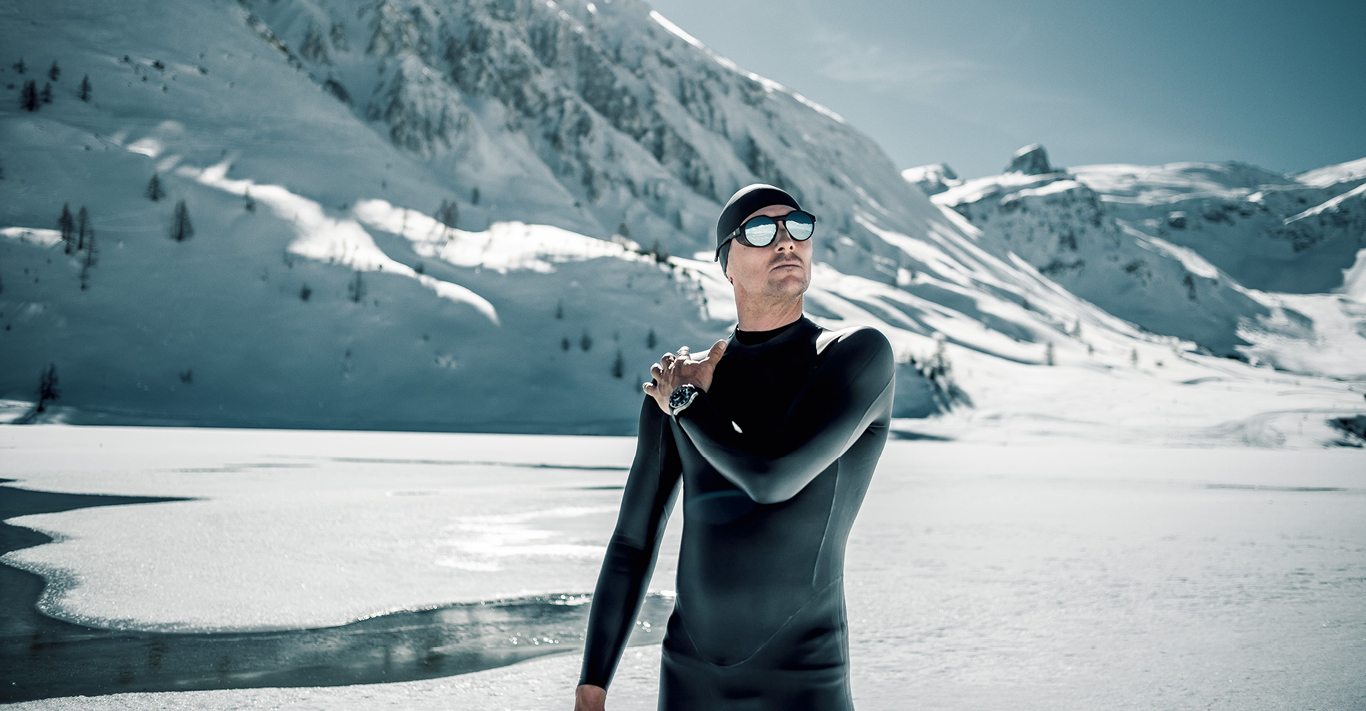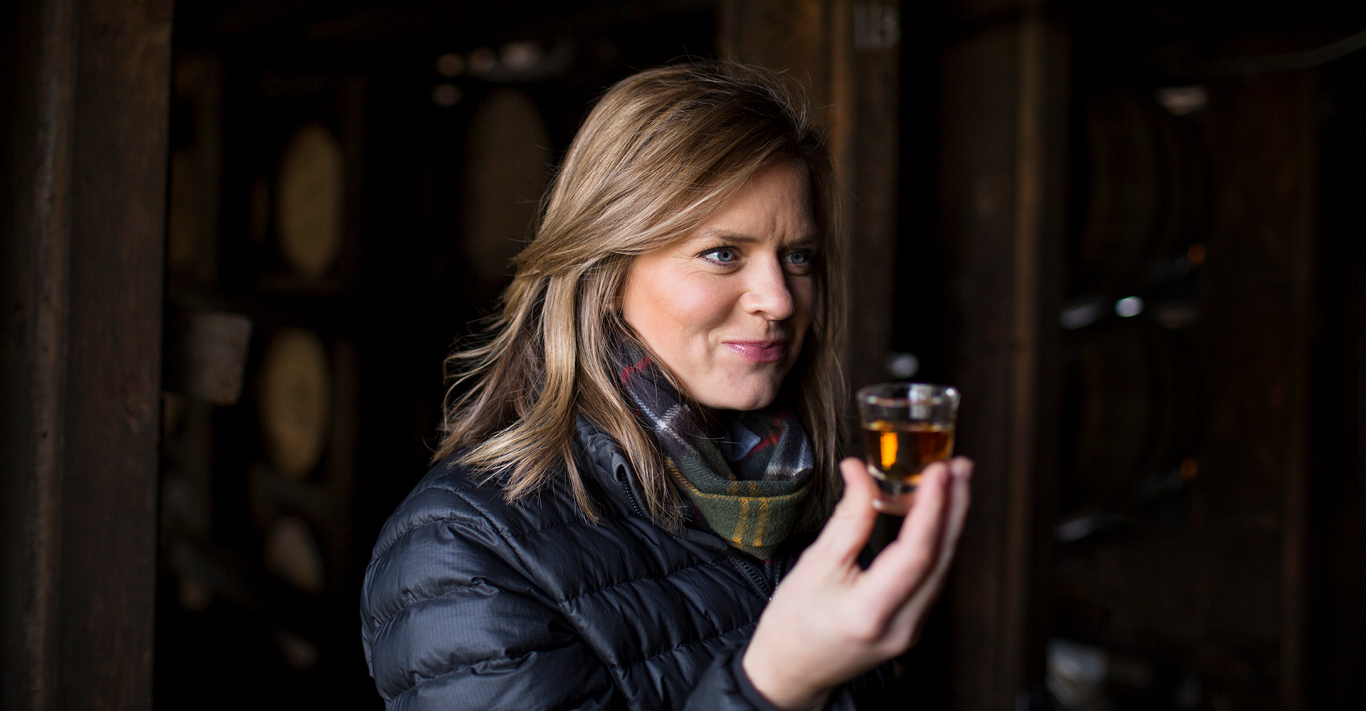Fifty years ago, on 16 July, the Apollo 11 spacecraft lifted off from Kennedy Space Centre in Florida with a three-man crew. On 20 July, the craft landed on the moon and two of its crew became the first men to set foot on the moon. To celebrate the 50th anniversary of the Apollo 11 moon landing, we are speaking to a different astronaut every day to find out just what it takes to make it to outer space.
Terry Virts is a former Nasa pilot, ISS commander and space photographer. He flew missions on the International Space Station as a Nasa astronaut and also piloted the Space Shuttle.
Living the dream
I was lucky, my parents inspired me, as well as Apollo. I grew up with pictures of aeroplanes and rockets and galaxies on my wall, but I never really thought I could be an astronaut, although it was something I always wanted to do. I was often told, ‘Well, no one actually gets to do that, it’s a crazy dream’. So I went through the Air Force. When I applied I was young, I was still a student in test pilot school and everybody that had gone through the Air Force assured me that I wasn’t going to get picked, because I hadn’t even graduated yet. And I ended up getting picked! And so I learned a really important lesson – don’t tell yourself no. If you have a dream or desire, if you tell yourself no you’re never going to achieve it. You have to be willing to throw your hat in the ring, you have to be willing to go for it. If you want to start a business, if you want to be an astronaut, if you want to have a family, whatever it is, taking yourself out of the running – which so many people do, especially young people but old people too – you’re never going to get there. So that’s my lesson learned.
Planet Earth
Seeing Earth is a beautiful thing. My very first flight, I launched from here [Cape Canaveral in Florida, USA] at four in the morning. It was dark, we flew over the Atlantic, and my first view of Earth during the day was the sunrise, it was that blue line of the atmosphere; and my very first impression – I can still remember it – was ‘I’ve never seen that shade of blue before’. It really surprised me to see a different colour. I was an astronaut for 10 years before then and no one ever mentioned it, but that was my first impression. And then you know, I was a fighter pilot, I’m a pretty straight-faced guy, but it was so emotional. It was really unexpected to think, ‘there’s my planet down there and I’m here’. That was surprising; I spent my whole life looking at astronaut photographs, but there’s an emotional aspect, which was really powerful for me.
Internationalism
I think of all the things that I did in space and what the International Space Station Programme has done for the past 20 years – the technical ability to build a spaceship on Earth is amazing, the science we’re doing is really important, but at the end of the day my view is that the international cooperation aspect is the most important. In the middle of the sanctions and all that stuff [between the West and Russia], I was there with my crewmates and we were like, ‘we don’t care about politics, let’s just stay alive, because we’re in outer space’, and when you’re on a space walk there’s a one-millimetre piece of plastic and on the other side of that is death. One of my goals as commander was to remain friends when it was all over and I think we achieved that.
Timing
I like the Omega Speedmaster – it’s great on Earth because it looks good and it keeps your time, but in space there are so many other things you need, like different time zones. I set mine to Houston and I also have it set to UTC East (Universal Coordinated Time), and just having a timer for whatever task you’re doing is important. Every day is different in space, you don’t do the same thing ever, but the one constant was timing with the watch. What was very interesting for us, going into space, was that we were going so fast that – and Einstein and physics explains this – we actually aged a little bit less than everyone else did. I asked a Nasa physicist and he told me that I was seven milliseconds younger than I would have been had I stayed on Earth, so I’m very proud of that.
Superstitions
In Russia the traditions were built on what Yuri Gagarin did when he flew. He watched this movie; we’ve all got to watch this movie before we launch; it’s just kind of a cool thing to carry on what had happened historically. In the US you’ve probably seen the video of us putting on the orange suits, getting ready to go out to the launch pad. Then right before leaving the building, we play a card game. And the commander of the shuttle had to beat the head of the astronaut office before we could leave.
Danger
Regardless of what you feel about it, safe is probably not the word you use for riding four million pounds of high explosives in this vacuum of space at 17,500 miles an hour. It’s become reasonably safe but there are still accidents. And I was acutely aware of the fact that having been a test pilot, I know too many widows; so I knew it was a dangerous thing and before launch I took some time and wrote letters. Paradoxically, I’m the guy who wears his seat belt and is driving at the speed limit, I won’t take risks unless they’re worth it and require it; but then I’ll go flying fighter jets or I’ll go launching into space because I think those are risks worth taking. Having said that, I probably should have been more afraid of what was happening, but I think just being a pilot, I wasn’t. I was afraid of making a mistake and having all my buddies watch me screw up and get a nickname out of it.
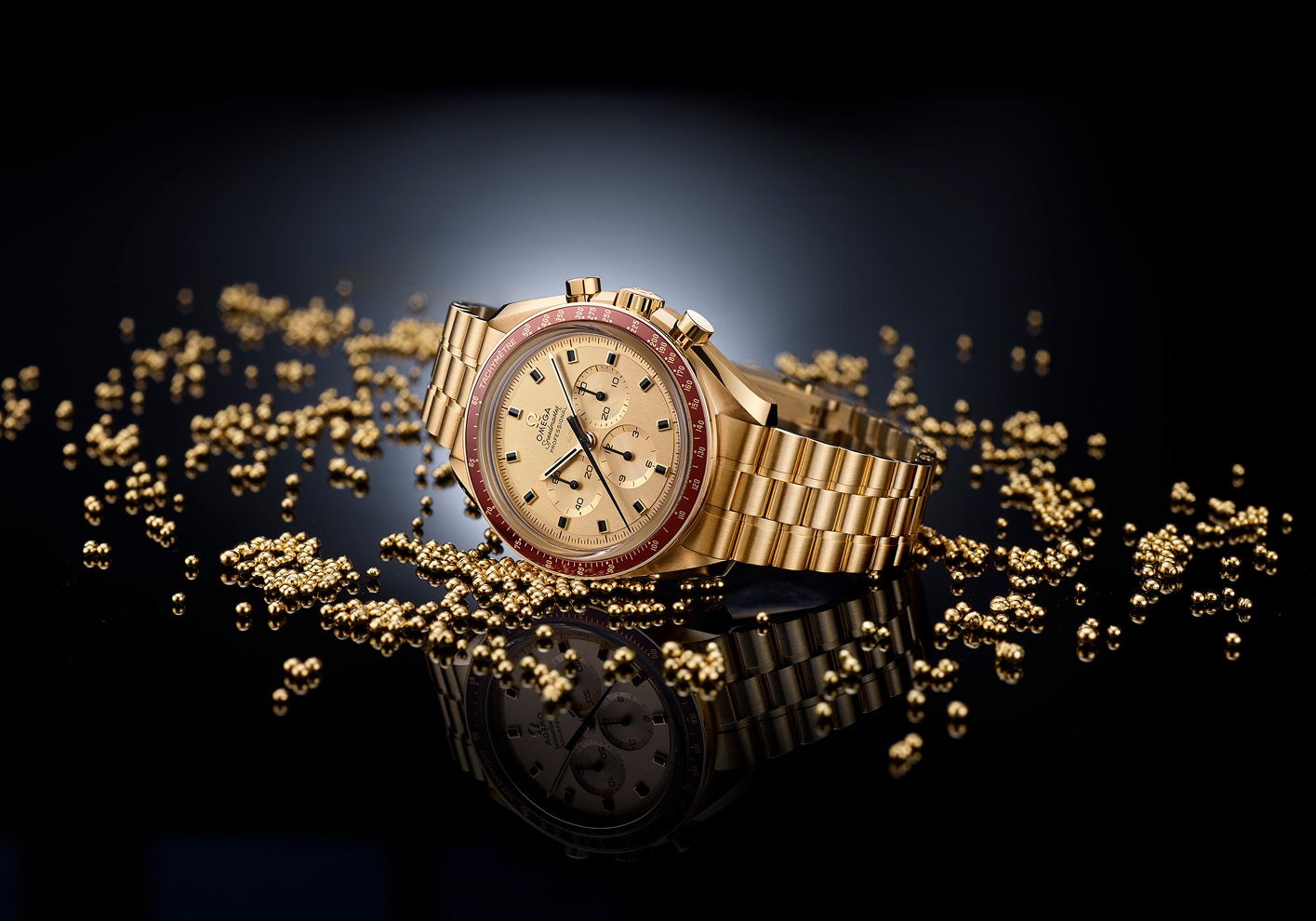
Space fact
Since 1965, the Omega Speedmaster has been the official watch for every piloted Nasa mission, and was worn by both Buzz Aldrin and Neil Armstrong when they became the first men on the moon during the Apollo 11 mission in 1969. It is the only piece of equipment that has been used in all of Nasa’s piloted space missions, from the early days of Gemini to the International Space Station programme of today. Every astronaut of every nationality is now issued with two models: a mechanical Speedmaster Moonwatch for EVA (extravehicular activity) and a digital Speedmaster X-33 for use in-spacecraft. To celebrate the 50th anniversary of the moon landing, there is a gold version of the Speedmaster that replicates a model made to commemorate the event in 1969. That edition was restricted to 1,014 units and the new edition has the same number. It also features a piece of lunar meteorite on the caseback to represent the moon.

